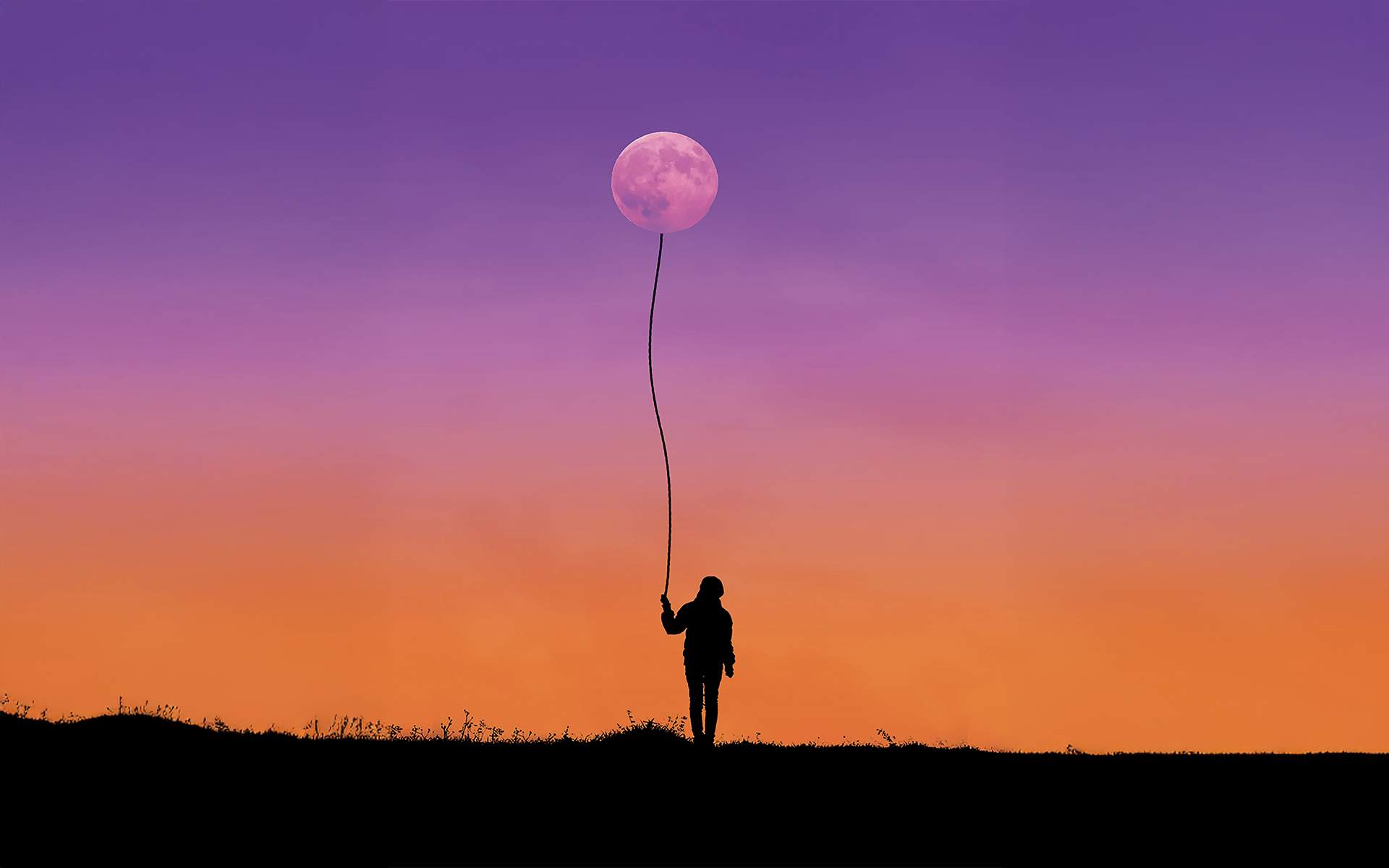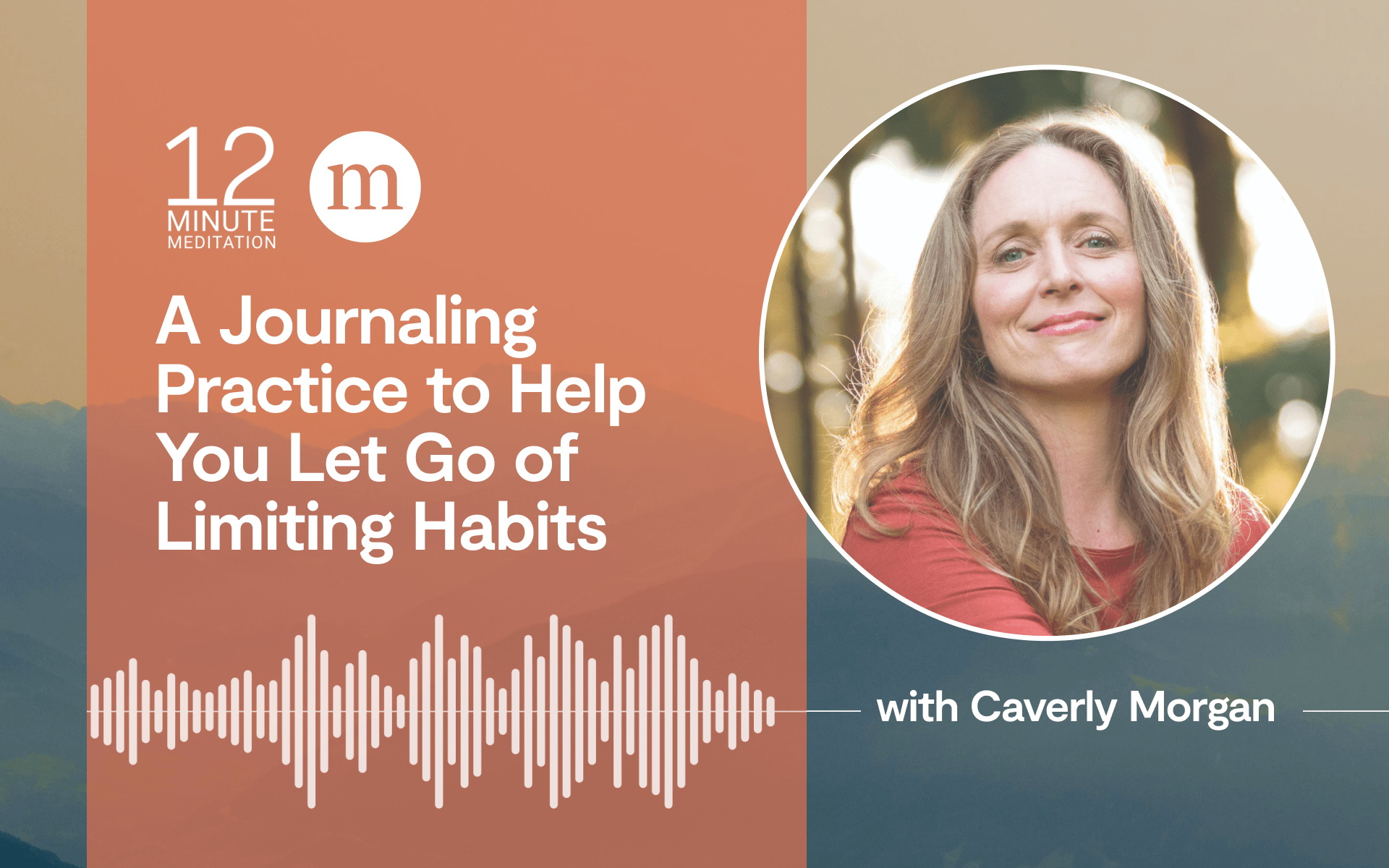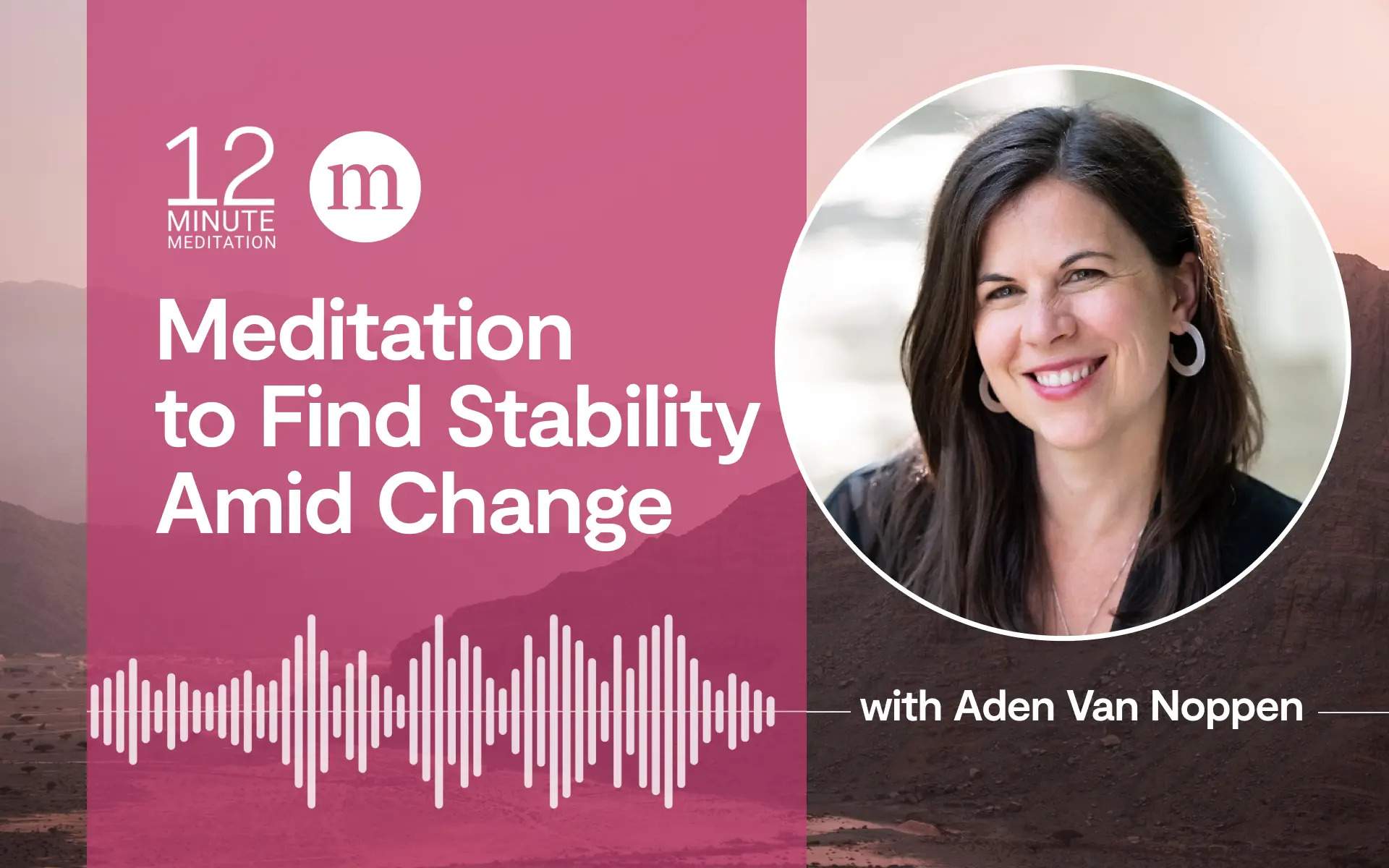The dreams came in quick succession. In each one I fell asleep at the wheel. One put me in the driver’s seat during a snowstorm while my daughter was a passenger in the back seat. As I squinted to peer through the falling snowflakes, my eyes closed in slumber. In another, I was driving up a hill and drifted off to sleep as my then-husband toppled out the back of the car onto the road. I worried I was causing him irreparable harm. The most terrifying one showed me driving along a stretch of highway next to an 18-wheeler. Just as the truck and my car turned a corner together, the truck drifted into my lane as my car tumbled under its wheels. I thought, I’m not ready to go. I awoke from all of these dreams, or nightmares, just before each disaster struck, feeling anxious and tired.
I was straddling two lives at the time: One was a numb reality that was full of comfortable routine. It was also filled with self-doubt, restlessness, and emotional abuse. I was sleepwalking, so to speak, like an inactive bystander watching my life go by as terrible things happened. I often felt dread when I thought of settling in for my retirement years. Is this all there is? I thought.
The other life was in the future, and it was a scary, uneasy mystery. But there was also a glimmer of hope. Sometimes I even allowed myself to daydream about other possibilities.
One moment of awareness or knowing our mind a bit better can help prevent us from falling asleep at the wheel.
Change itself will happen; life brings it to us whether we want it or not. The trick is learning how to wake up during these trances, just like I did with my nightmares. One moment of awareness or knowing our mind a bit better can help prevent us from falling asleep at the wheel.
A couple of months after those nightmares, I moved toward my future: separating from my husband, and then completing our divorce.
Disrupting Routine
Routine is not my strong suit. I usually get uneasy when things remain the same for a while. I resist walking the same loop in my neighborhood. I take different routes to work. I like to try new restaurants and visit places I have never been. But for more than a decade, I stayed in one house. I stayed married because I believed in the relationship more than I believed in myself. And I thought routine and roots, no matter how troubled, were the best thing for me at the time.
Buddhists describe routine as a lullaby. It lulls us into a sort of trance, so that we get caught up in patterns, or neural pathways, in which our subconscious minds like to keep traveling. Sometimes, our scenery might change, or the person we’re with changes, but our patterns sneak in while we are in this sleeping state. In those years when I was still with my ex-husband, I was lulled by the charm and safety of routine, and while I had moments of clarity and awareness, I succumbed to the lullaby for a few years, until my nightmares told me to wake up.
I was lulled by the charm and safety of routine, and while I had moments of clarity and awareness, I succumbed to the lullaby for a few years, until my nightmares told me to wake up.
In some respects, my ability to daydream about a different, brighter future also helped keep me in this state of inertia.
Daydreaming is my go-to in times of trouble. It’s not a panacea to hardship, but it can get me through those rough spots, depressed moments, or even trauma. Call it hope, or rose-colored glasses. I sometimes skip past the reality of the moment and hop into a bubble bath of dreams that takes me to places far away from where I’m at in the moment.
Many times, I imagined a future with a transformed husband who had miraculously dissolved his anger and authoritarianism into tenderness.
Lately, though, I’ve resisted mooring my ship to that habit because it has led me to trouble, like the metaphor of my nightmares. I think I’m afraid of falling into a lulling routine again. Daydreaming may be a type of resistance to the present moment. Some might call it disassociation when dealing with trauma, or sleepwalking as part of denial. Or is it?
In her book When Things Fall Apart, Buddhist nun Pema Chödrön explains that hope and fear are feelings “with two sides.” She notes that both of these feelings can cause us to “change the channel, change the temperature, change the music, because something is getting uneasy.” She says this as if it’s a bad thing. But I get it. A core value within the practice of mindfulness is present-moment living, and I suppose that means when we daydream, when we hope, it puts us somewhere else that is not here, and perhaps we are sending ourselves into an endless loop of, Take me anywhere but here. I certainly struggled with this loop when I felt the dread of the unhealthy routines within my marriage, along with the fear of the unknown future.
Yet, when we use our creativity to go anywhere-but-here in our daydreams, we can get to some incredible places. Vincent Van Gogh’s daydream takes us to a “Starry Night.” Entrepreneurs invite us into their visions of fair-trade chocolate or cat cafes. The atrium inside a skyrise filled with waterfalls and live trees started out as an implausible idea.
Let Hope In
Futurist Dr. Julia Mossbridge has been researching the psychology of hope, which I’ve come to see as a form of daydreaming. She argues that this type of thinking can act as an intervention on our sadness or despair, helping us move through uneasy experiences, and even trauma, toward a more stable sense of self and well-being. In a nutshell, this action involves tapping into our future selves for some loving-kindness—a technique that involves being kind to ourselves in a moment of grief, or despair, or anxiety, or just plain uneasiness. We can also ask our future selves to remind us who we are and the lives we want to lead.
The key word here is moment. Both hope and fear are merely moments in the ever-changing sea of our minds. It’s an audacious idea that we could at once feel hopeless, but then remember that in the future, we will be different—feeling different emotions. In the future, we may be living our daydreams.
This self-compassion is the thread that connects both Chödrön’s ideas and Mossbridge’s research. In Sanskrit, the word used for self-compassion, or loving-kindness, is maitri, which also means “unconditional friendliness,” according to Chödrön. The idea is that we are gentle with ourselves in our times of uneasiness or anxiety or despair, and we are gentle with ourselves when we are daydreaming our way out of the present moment. We do not resist the fear or the hope, and we give ourselves “unconditional friendliness,” or self-compassion.
Once I divorced and started living in a different city, a new place, and met some new people, my awareness returned to me little by little as I began to embody my “self” again, and the present moment. I also continued to tap into my daydreams in order to build my new life: I formed a book group that I had imagined, I took the yoga-teacher training I had once contemplated, and I invited people to join me on the hikes I wondered about. I no longer waited for the world to come to me; I went into the world.
The daydream is a moment of hope, but in order to get there, I have to move toward it.
Now when I find myself in a familiar pattern that I’d like to break, I remind myself to stay awake, avoid sleepwalking, and try a new way. I ask myself, What did I do in the past? And whatever it is, I try to do something differently. Most importantly, I take action. The daydream is a moment of hope, but in order to get there, I have to move toward it.
So while Chödrön may call on us to “abandon hope” so that we do not get caught up in the uncertainty of the moment, I respectfully counter with a call to action: Put on those rose-colored glasses, dare to daydream, and take that first step to see where those creative thoughts will take you.
A version of this article first appeared in DASH Literary Magazine.




